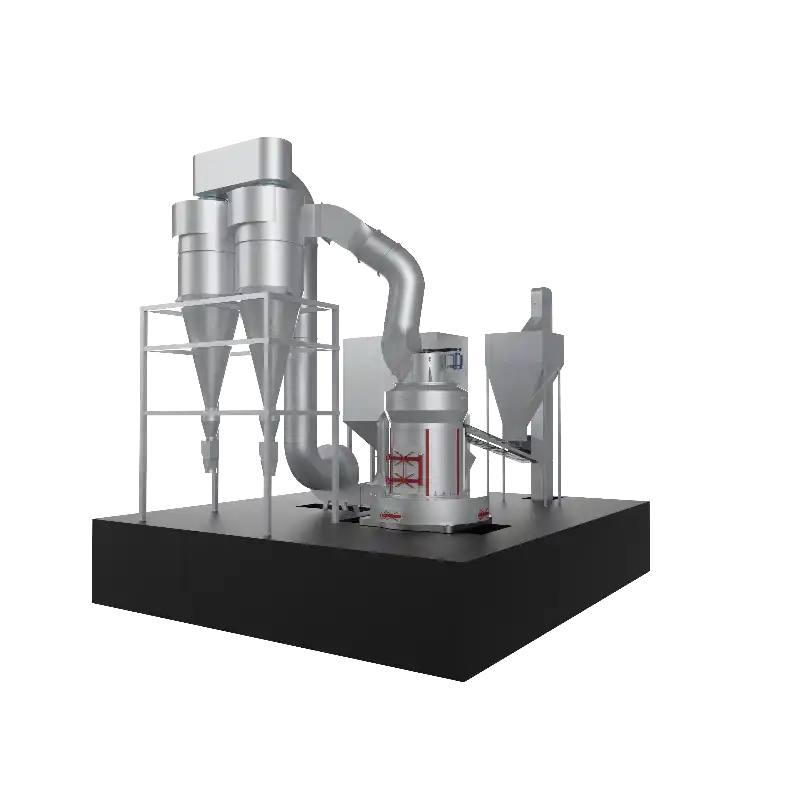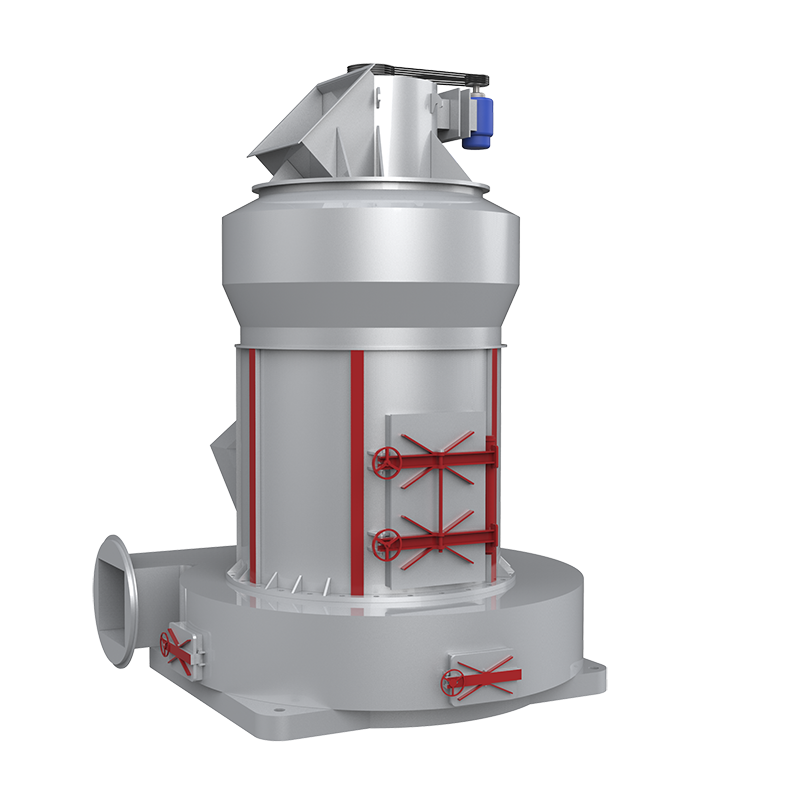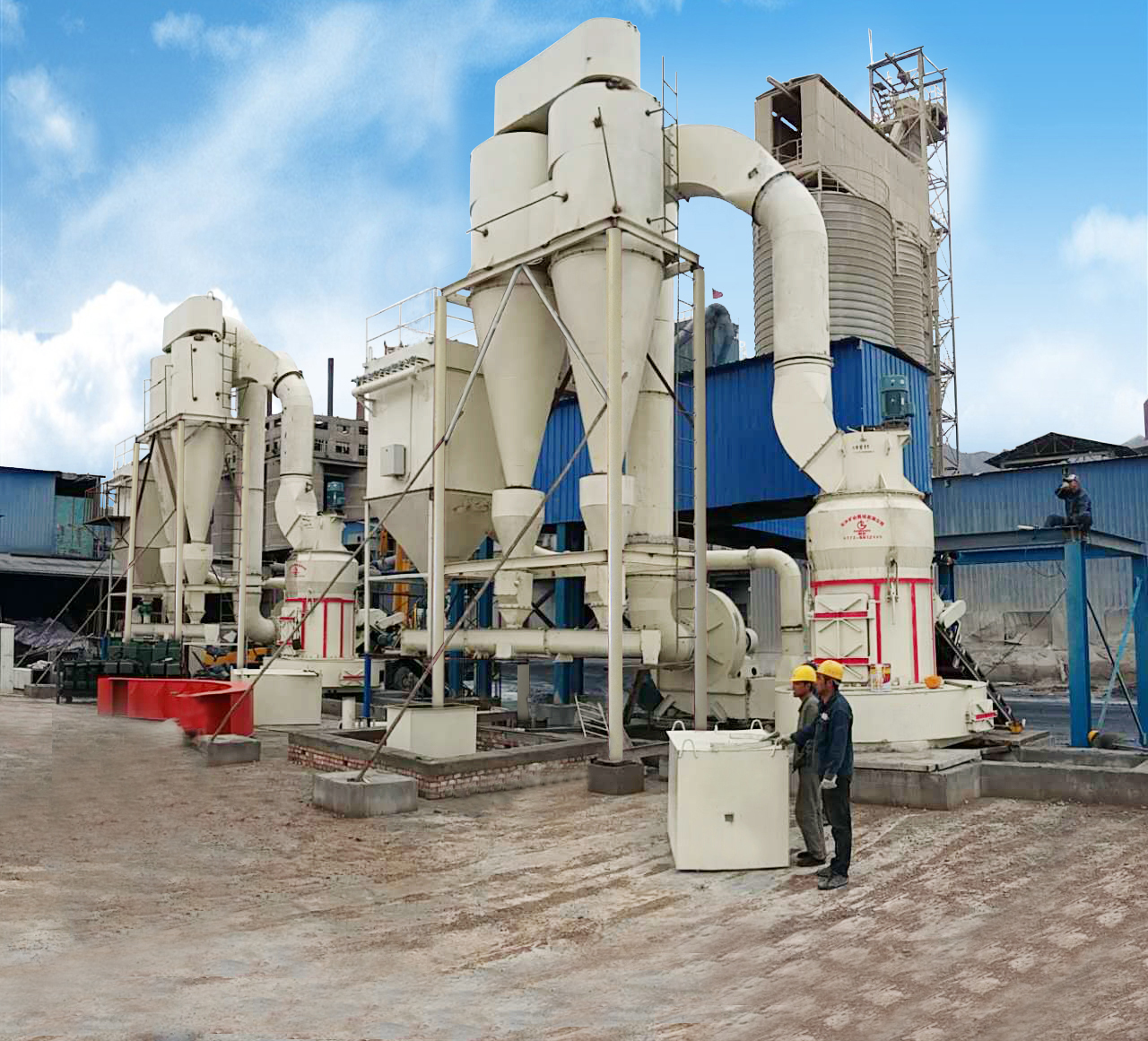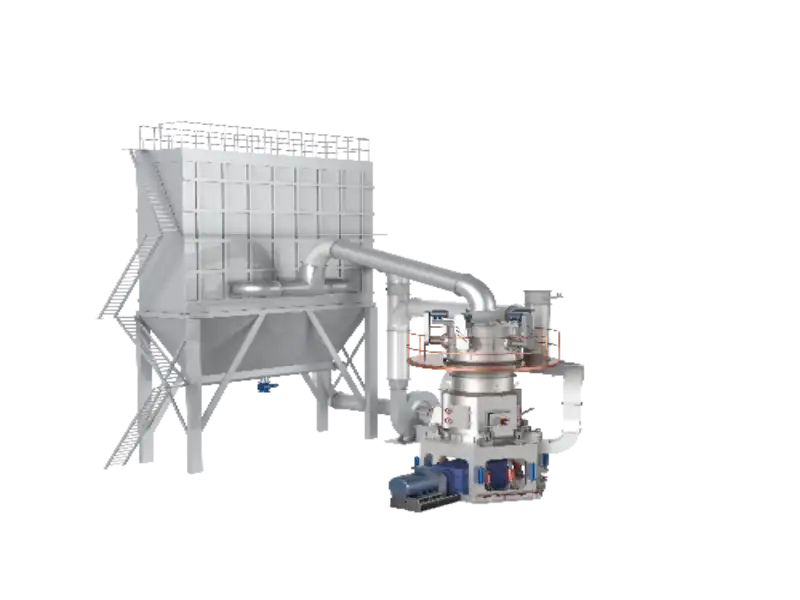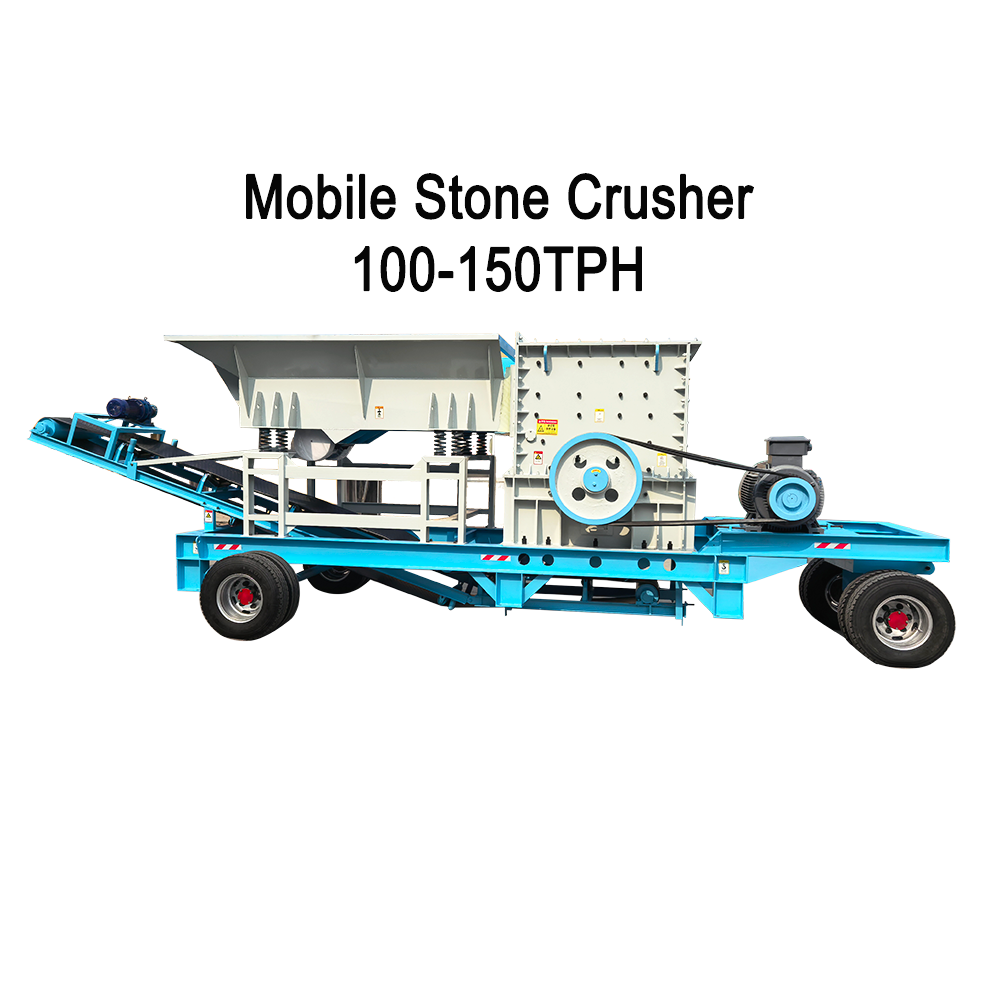Contents Catalog
Raymond mill is a kind of high-efficiency fine powder processing equipment widely used in the fields of building materials, metallurgy, chemical industry and non-metallic mineral processing. Its working principle and process characteristics are as follows.
Working principle
The Raymond mill uses centrifugal force to make the grinding roller press against the grinding ring during rotation. The material is sent between the grinding roller and the grinding ring by the scraper and crushed into fine powder under the action of the rolling pressure. Then, the fan blows the powder into the analyzer for classification. The fine powder that meets the particle size requirements is discharged through the pipeline, and the coarse powder that does not meet the requirements is returned to the grinding chamber for re-grinding until the required particle size is reached.
Process flow

Raw material processing: After the large pieces of materials are crushed to less than 30mm by the crusher, they are sent to the storage hopper by the elevator, and then evenly sent to the main machine cavity for grinding by the vibrating feeder.
Grinding and classification: The materials are squeezed and crushed by the grinding roller and grinding ring in the grinding chamber, and the qualified fine powder enters the analyzer for classification through the fan, and the coarse powder that does not meet the standard returns to the grinding chamber for further processing.
Finished product collection: The fine powder that meets the particle size requirements is separated and discharged by the cyclone collector, and the final finished product is collected and discharged by the bag dust collector.
Scope of application and characteristics
Raymond mill is suitable for non-flammable and explosive materials with a Mohs hardness of no more than 9.3 and a humidity of less than 6%, such as barite, calcite, limestone, talc, chalk, etc. The finished product particle size range can be adjusted between 80-400 mesh, and some models can even reach 1000 mesh.
Advantages: small footprint, strong systematization, reliable operation, low noise, less dust, and low energy consumption. Disadvantages: High sensitivity to metal, easily worn parts require regular maintenance.
Technological improvement and application
With the development of technology, Raymond mill is constantly optimized in structural design and performance. For example, high-pressure suspension roller technology is used to increase production and fineness, improve sealing performance to reduce dust emission, and extend the service life of equipment by replacing wear-resistant materials. In addition, Raymond mill can also be applied to wet processing technology, such as ultra-fine grinding of tourmaline
Typical application
Raymond mill is widely used in building materials (such as cement clinker), chemical industry (such as calcium carbonate, calcium sulfate), metallurgy (such as ore powder) and non-metallic mineral processing (such as tourmaline, mica) and other fields. Its main function is to process raw materials into high-precision fine powder to meet the requirements of particle size and purity in different industries.

Raymond mill is an efficient, economical and widely applicable grinding equipment. Its unique structural design and flexible process flow make it one of the indispensable equipment in modern industrial production.



